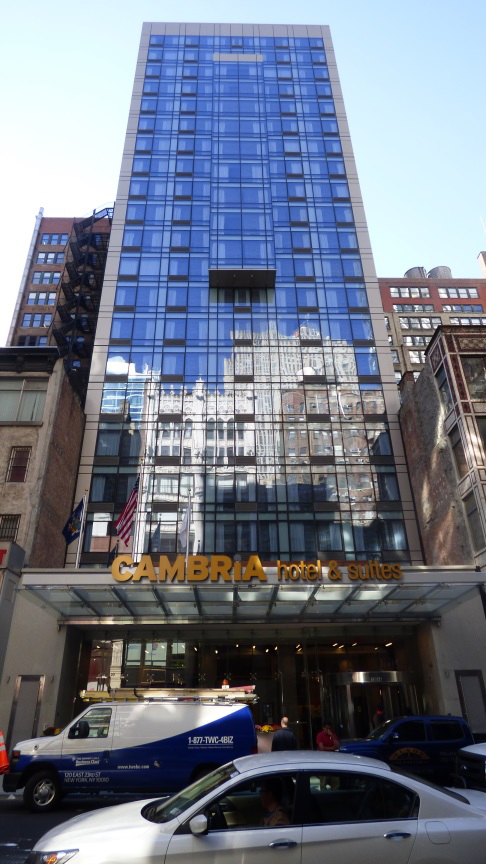News:
Green Buildings
Posted: August 24, 2015
Sub-metering and landlord-tenant disputes
Many buildings (both commercial and residential) in NYC and other cities have tenants sharing a central electric meter, with electric charges being folded into the monthly rent based on relative square footage, hours of operation, or other factors. Most tenants accept this as the cost of metering and wiring all tenant spaces is a burden.
However, this has led to two problems. One is waste. If a tenant does not pay for its electricity based on actual usage, then there is no motivation to conserve. Why not leave lights on all night, purchase cheap energy-inefficient computers, printers, etc. since the other tenants served by the meter are probably doing the same? Why should you do the "right" thing in not wasting, but not get much of a financial benefit at all?
The second issue is fairness. Many commercial and retail buildings rent space to a wide variety of functioning businesses, all with different electric needs. Therefore, how does one fairly estimate electricity use on a regular basis? The tried-and-true approach of basing charges on relative square footage is unfair if you have a traditional office open essentially Monday to Friday 9 to 5, with only lights and laptops using electricity on the same meter with a restaurant open 7 days a week, 14 or more hours a day, operating necessary refrigerators and freezers, cleaners, and other food-preparatory equipment.
Climate Change & Environmental Services (CCES) performed a comprehensive energy evaluation to settle a landlord-tenant dispute in NYC. The landlord operates a mall with a central electric meter serving one restaurant and a number of offices in the mall. The landlord charged tenants for electricity a percentage of the meter reading, based on relative square footage. The restaurant paid roughly 20.2% of the bill based on its size. But the landlord realized this was unfair to the other tenants with more modest hours and usage and doubled the restaurant's proportion of the metered usage to 40.4%. The restaurant was not very happy, as you can imagine. The landlord brought in CCES to evaluate all of the electric-using sources in the restaurant, all of the offices, open spaces, and common areas, including counting and evaluating light bulb usage, computers, and other energy-using equipment. Typical hours of operation were compiled and electricity usage was estimated for several months. It turns out that total usage was very close to the metered usage. The restaurant, when one computes its actual usage of refrigerators, freezers, lights, HVAC, etc. with its long hours of operation, used about 55% of the metered usage, justifying the landlord's actions.
NYC recently promulgated Local Law 88, which, among other things, will mandate sub-metering in large buildings of spaces to a single tenant of at least 10,000 s/f. This must be completed by 2025. While that sounds far away, given that many 10-year leases, the time to work this into upcoming leases is now.
CCES can help your building assess your energy usage, both electric and thermal (heat) using accepted techniques. We can help you evaluate your and your tenants' usage of energy and develop and manage reliable ways to reduce usage to save everyone money without disrupting your operations. Contact us today at 914-584-6720 or at [email protected].
Marc Karell, P.E., CEM, EBCP, is the president of Climate Change & Environmental Services, LLC, Mamaroneck, N.Y.
Tags:
Green Buildings
MORE FROM Green Buildings
IREON Insights: DURA Architectural Signage manufactures and delivers over one million signs
Long Island City, NY Since its founding in 1955, IREON member DURA Architectural Signage has proudly manufactured and delivered more than one million signs to clients across a wide range of industries. From architectural interior signage to large-scale exterior installations, their work can be seen in corporate

Quick Hits







.gif)


.jpg)
.gif)